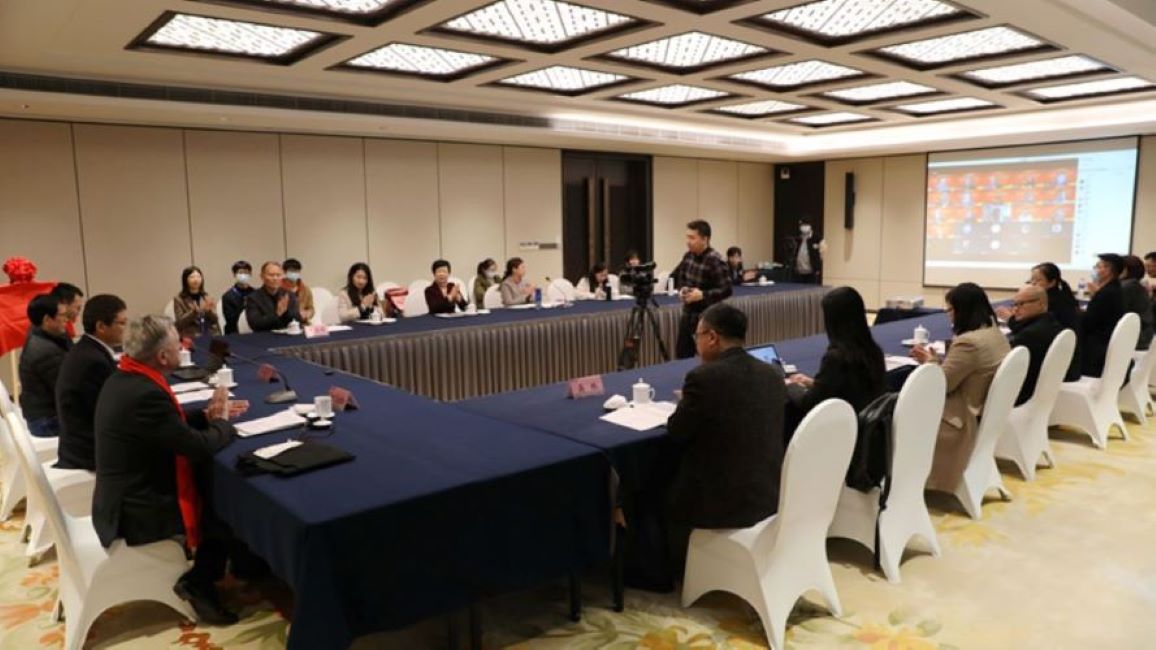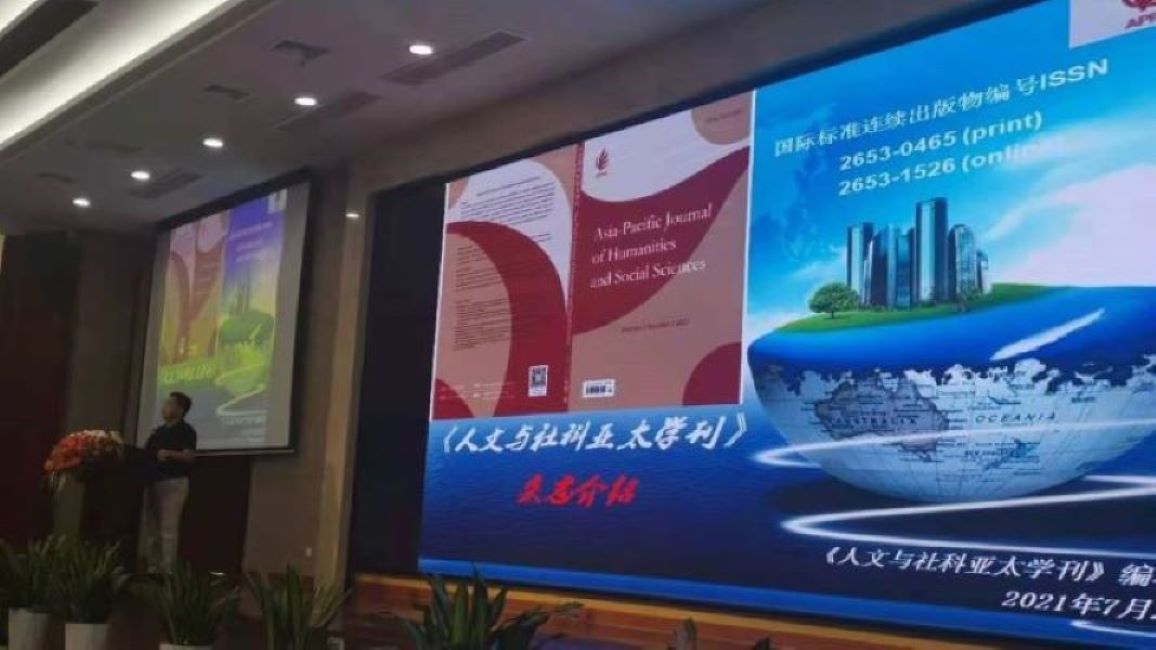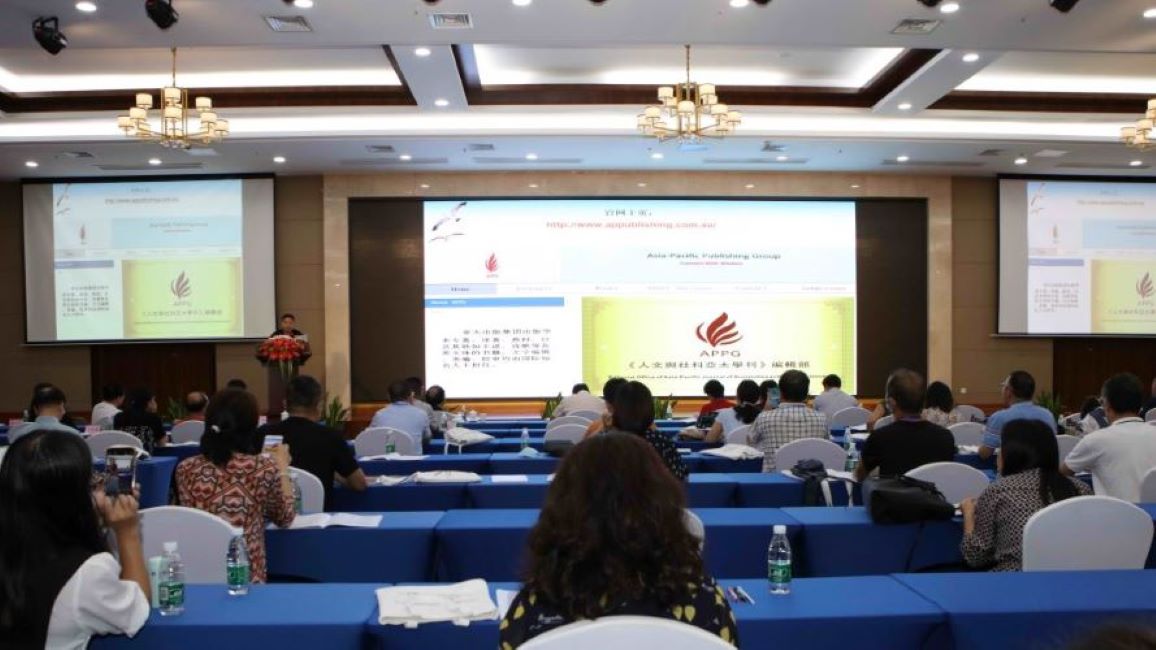Authors must follow the Code of Ethics of APJHSS. This journal rutinely screens article submissions for plagiarism.
Asia-Pacific Journal of Humanities and Social Sciences (APJHSS) are granted the right of first publishing the works of the authors. The authors retain the copyright of their works without restrictions.
Articles are original reports whose conclusions represent a substantial advance in understanding of an important problem and have immediate, far-reaching implications. In print, they do not normally exceed 5 pages of APJHSS. Articles start with a fully referenced summary paragraph, ideally of no more than 200 words, which is separate from the main text and avoids numbers, abbreviations, acronyms or measurements unless essential. It is aimed at readers outside the discipline. This summary paragraph should be structured as follows: 2-3 sentences of basic-level introduction to the field; a brief account of the background and rationale of the work; a statement of the main conclusions, and finally, 2-3 sentences putting the main findings into general context so it is clear how the results described in the paper have moved the field forwards.
If the article is written in English, its font style is Times New Roman, and the article should contain the following eight parts:
Title (centered)
font size: 16-points for the headline; 12-points for the subtitle
Titles do not exceed two lines in print. This equates to 75 characters (including spaces). Titles do not normally include numbers, acronyms, abbreviations or punctuation. They should include sufficient detail for indexing purposes but be general enough for readers outside the field to appreciate what the paper is about.Author's Name & Affiliation (font size 10.5, centered)
Separate names with commas if there are more than one author.Founded Projects
If any, the name, level and serial number of the project should be indicated, all in 10.5 pt.Abstract
the word “abstract” is bold 10.5 pt, followed by a colon mark, and is left aligned.
The body of the abstract must be 10.5 pt font size and must not exceed 300 words.
The abstract body should include a short introduction to the study, materials and methods applied in the study, results and discussion of the results produced during the study and a conclusion of the study.Keywords
The word “Keywords” is bold 10.5 pt , followed by a colon mark, and is left aligned. The keywords are no more than 5 in total, and are written with a comma separating each key word. There is no full stop after the last keyword.Text (the body of text should be in 10.5 pt except the titles)
Our preferred format for text is Microsoft Word, with the style tags removed. We prefer the use of a ‘standard’ font, preferably 12-point Times New Roman. For mathematical symbols, Greek letters and other special characters, use normal text or Symbol font. Word Equation Editor/MathType should be used only for formulae that cannot be produced using normal text or Symbol font.References (The word “References” is bold 10.5 pt, and is left aligned.)
References are each numbered, ordered sequentially as they appear in the text. When cited in the text, reference numbers are superscript, not in brackets unless they are likely to be confused with a superscript number. Do not use linked fields (produced by EndNote and similar programs). Please use the one-click button provided by EndNote to remove EndNote codes before saving your file.
As a guideline, Articles allow up to 30-50 references in the main text. Only one publication can be listed for each number. Only articles that have been published or accepted by a named publication, or that have been uploaded to a recognized preprint server, should be in the reference list; papers in preparation should be mentioned in the text with a list of authors (or initials if any of the authors are co-authors of the present contribution).
Published conference abstracts, numbered patents, preprints on recognized servers (preprints of accepted papers in the reference list should be submitted with the manuscript) and research datasets that have been assigned a digital object identifier may be included in reference lists, but text, grant details and acknowledgements may not. All authors should be included in reference lists unless there are more than five, in which case only the first author should be given, followed by ‘et al.’.
Please follow the style below in preparing reference lists.
[1] Pym, A. (2010). Translation and text transfer: an essay on the principles of intercultural communication. Tarrgona: Intercultural Studies Group.
[2] Alred, G. J., Brusaw, C. T., & Oliu, W. E. (2009). The business writer’s handbook. New York: St Martin's Press.
[3] Easton, B. (2008). Does poverty affect health? In K. Dew & A. Matheson (Eds.), Understanding health inequalities in Aotearoa New Zealand. Dunedin, New Zealand: Otago University Press.
[4] WANG Ning. (2021). Translation studies from the perspective of New Liberal Arts. Journal of Foreign Languages, 44(02), 75-79.








